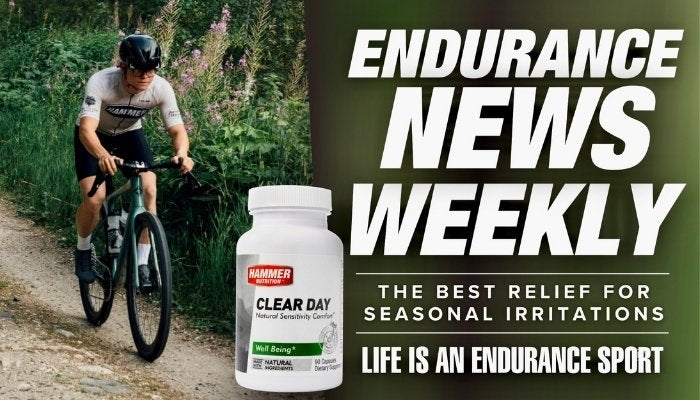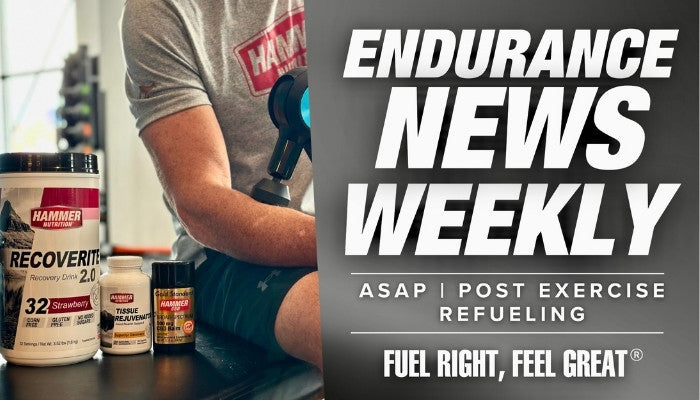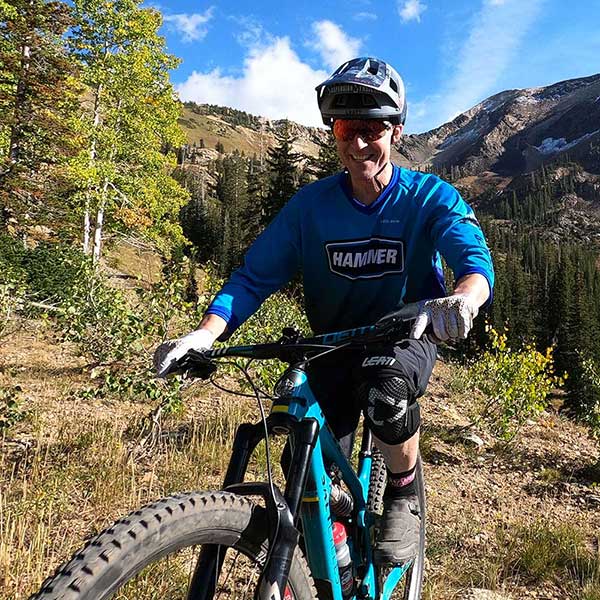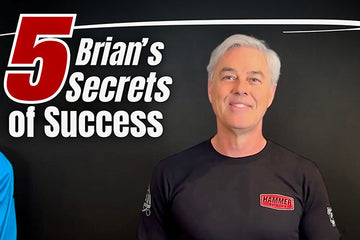
BY DR. BAYNE FRENCH
Click here to read Part 2Welcome back travelers! Let’s put our new-found knowledge to practical use in the wild (aka the grocery store aisles). Here we will examine the first thing to hit the pan when we cook up those river leeks and fresh trout - the oil. So, which to use? Canola or Olive? Which is better for us? Let’s break it down:
Not exactly a fight. Even though my embryonic brain was bathed in testosterone I don’t condone violence, especially among oils. The following is more of a case-study, or comparison:
1) Canola oil.
This oil has a fascinating history. One fraught with misinformation and emotion, two things we sapiens excel at. Canola oil’s predecessor is rapeseed oil. Seriously. Rapeseed is a plant in the mustard family. It grows all over the world and has been processed into oil for thousands of years in India and China with stone presses and low temperatures. It had a major problem however, the presence of erucic acid. This is a long-chain (22 carbons) monounsaturated fatty acid. In areas of the world where the trace mineral selenium was lacking, and when not enough saturated fat was consumed, erucic acid became toxic and caused a heart condition called Keshan’s disease.
As momentum against saturated fat grew, concurrently with the popularization of the Mediterranean diet, a global need for an alternative oil emerged in the 1980’s. There was not enough olive oil to meet global demand, and it was just too expensive to use in processed food. Canadian researchers had already done years of work (from the 1970’s) on genetically modifying rapeseed to create LEAR oil (Low Erucic Acid Rapeseed). “LEAR” and certainly “Rape” were not overly marketable terms. “Canola” was thus coined in 1978, standing for “Canadian oil”, as most farming was in Canada at that time.
Canola oil received GRAS (Generally Recognized as Safe) status from the US FDA in 1985 even though no long-term studies were done. It basically took off. Even health and wellness guru Dr. Andrew Weil recommended its use. In the summary article by Dr. Enig et al, The Great Con-ola, the research on LEAR and Canola oil is described. They are all animal studies, and results were not favorable for heart health.
Stone press extraction of rapeseed oil as had been done for thousands of years was of course inefficient. The modern seed processing methods are well explained in the literature and underlie many reasons why canola and other seed oils are so unhealthy. The basics involve the combination of high temperature mechanical pressing and the use of solvents, usually hexane. Hexane is a known neurotoxin in animals and humans, which is why the oil then needs caustic refining, bleaching and degumming. Is all that naughty hexane removed? Many sources say no. What is consistent about all polyunsaturated fats is that they are delicate. They are easily chemically damaged. The oil through the above process is so damaged that is actually stinks, and must be deodorized. Through this process trans fats are created. Independent university research found trans fat content almost 5% in some commercial oils. This is not on the label.
In summary, canola oil is popular because of its relatively high amount of the monounsaturated oleic acid (like olive oil). It has low amounts of the oft-maligned saturated fat, and it also possesses good amounts of O3 fats. It’s cheap and promoted by many reputable individuals and organizations. Interesting how the FDA will not allow its use in infant formulas. Yes, it’s in my fanny pack. But only for my toes.
I read a humorous op ed piece by Jane Snow, that ran in the Tampa Bay Times in the early 2000’s. The dietician (usually code for Food Pyramid Zombie) Donna Skoda was quoted as saying “That is such crap.” I agree that canola oil is crap, but Donna didn’t mean it that way. Jane Snow “spent hours surfing the Internet” trying to figure out the origin of rumors that canola oil is unhealthy. The article ends with dietician Skoda advising “canola oil for sautéing, olive oil on salads, and margarine on bread and toast.” Margarine Donna? And we rely on these people? Not anymore.
2) Olive oil.
Many feel that the majority of the health benefits from the Mediterranean diet come from olive oil. It contains about 75% monounsaturated fat from oleic acid. Another 20% is saturated fat. There are also numerous antioxidants and anti-inflammatory phytonutrients.
Most of human aging and disease is driven from oxidative free radical damage. This is especially true of atherosclerosis (hardening of arteries). The phytonutrients in olive oil help prevent this, and also help prevent platelets from clumping together thereby reducing blood clots (what aspirin also does). There is much research on effects of olive oil for cholesterol profile improvement, specifically when substituted for vegetable oil (Torres et al. Arch Med Res. Jul 2015); improvements in blood pressure (Teres et al. Proc Natl Acad Sci USA. Sept 2008); and anti-inflammation through lowering CRP (Moreno-Luna et al. Am J Hypertens. Dec 2012). Refer to Endurance News Weekly January 19, 2022 for a longer discussion I wrote on CRP. Furthermore there is data on enhanced gut microbiome and cancer risk reduction with regular olive oil use. I am unaware of any compelling data like this behind canola oil.
What does “extra virgin” mean anyway? It means the olives are cold-pressed. Like with avocado oil, there is no heat, and there are no solvents. Insist on this! Unfortunately, many extra virgin olive oils sold in the US are mixed with other oils including soybean and rapeseed. Tom Mueller wrote Extra Virginity: The Sublime and Scandalous World of Olive Oil, discussing this and other issues with olive oil.

The above seal is placed on olive oil products that have passed the North American Olive Oil Association inspection and testing. As I’ve written about CBD and other supplements, know your supplier!
CONCLUSION:
It seems strange but several authors have commented that the sheer volume of data in the literature regarding polyunsaturated fats has resulted in complications of analysis. Although preclinical, lab, and animal studies show great uniformity in the myriad health benefits of O3 fats, hopefully now you can understand how human studies of similar design that reach opposite conclusions. If we as health minded hiking enthusiasts are waiting for some definitive work on the subject and agreement from all those experts out there, they’ll find our bones in the woods.
Instead, let’s look at the totality of the situation:
1. Our human physiology adapted to dietary commonalities, based on what was available in our natural world, for a very long period of time.
2. We’ve strayed dramatically from our native way of eating in the last several decades.
3. There is irrefutable evidence that O6 fats create inflammatory compounds.
4. There is irrefutable evidence that O3 fats create anti-inflammatory compounds.
5. Although O6 fats are essential, they are nutritionally ubiquitous. Deficiency is unheard of.
6. O3 content of foods is far more meager.
7. There is a virtual lack of deleterious side effects of high dosages of O3 fatty acids in our diet or via supplementation. This fits with the Hippocratic Oath, primum nil nocere, first do no harm. Ok, maybe fishy burps might interfere with intimacy but that’s not really harmful is it?
8. Quality O3 supplements are widely available, do not require a prescription, and are of relatively low cost.
So much of my approach to nutrition, health and fitness is based on insights from our historical way of being. Anthropologic data and knowledge of the outdoors coupled with physiologic and biochemical principles allows for a competent treatment plan. Which MUST be modulated over time based on observations, tolerability, and presence or absence of sustainably enjoyable action. The foundational principles of optimal human eating are well established, but can vary a lot among individuals and cultures.
As my study of human nutrition and supplementation continues, there is no question in my mind that the biggest determinant of our health, wellness, weight, and ability to avoid getting MAD (Myriad American Diseases) is the food we eat. I find futile the reliance on governmental nutritional guidelines, advisory councils, or the food industry. They care not at all about your health and well-being. If they did cancer, diabetes, obesity and cardiovascular disease would not be rampant. It is up to you and only you to understand these basic principles of wellness and enact a plan for yourself. Predators be damned.









